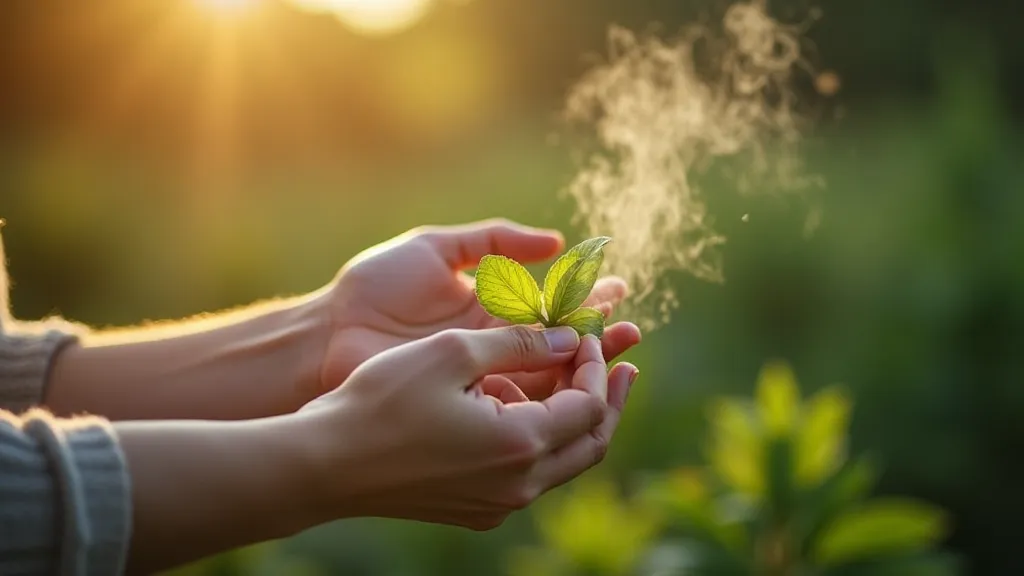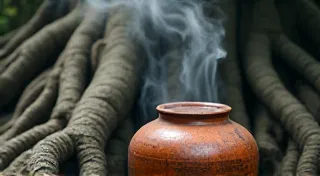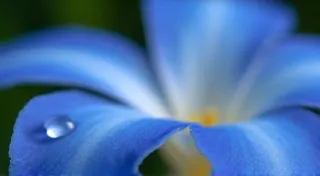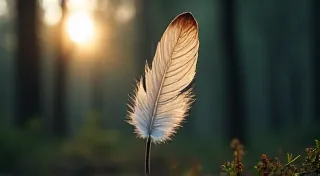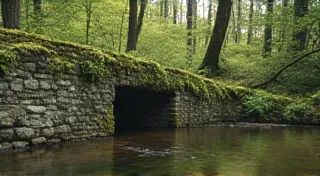Sungazer's Balm: Harnessing the Sun's Embrace with Plectranthus barbatus
There’s a certain melancholy beauty to antique accordions. They sit, often abandoned, in dusty corners of antique shops, their bellows collapsed, their keys yellowed with age. They whisper of forgotten melodies, of dances held long ago, of lives lived to the rhythm of a vibrant song. Holding one, you can almost feel the ghost of the musician’s touch, the warmth of their breath coaxing music from the metal reeds. It’s a feeling of connection to history, to craftsmanship that prioritizes beauty and longevity, a stark contrast to our modern disposable culture. And that's what brings me to Plectranthus barbatus, or Coleus aromaticus. While not an accordion, this extraordinary herb possesses a similar resonance - a link to a simpler, more connected past, and a quiet, enduring beauty.
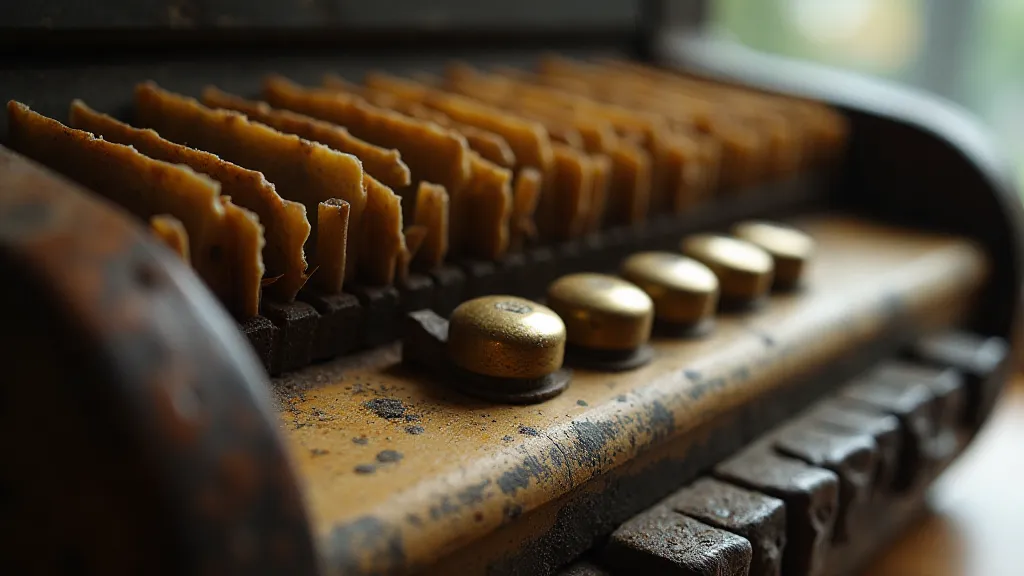
A Fragrant History: More Than Just a Pretty Face
Often overshadowed by its more flamboyant Coleus cousins, Plectranthus barbatus boasts a history as rich and complex as any antique instrument. Originating in South Africa, its name, "barbatus," refers to its bristly leaves – a tactile clue to its resilience. While commonly called “Coleus aromaticus,” the genus shift to Plectranthus reflects a more accurate botanical classification. Historically, indigenous populations of Southern Africa utilized it extensively for its medicinal properties. It was employed to soothe skin ailments, alleviate digestive discomfort, and as a fragrant addition to bathwater and ritualistic incense. The scent, which I’m about to describe, holds deep cultural significance.
European explorers, understandably captivated by the herb's unique aroma, brought it to other parts of the world. It's found its way into Creole and Caribbean cuisines, where it's used sparingly, but effectively, to add a distinctive complexity to stews and sauces. Unfortunately, its reputation has often been limited to that of a curiosity – a botanical anomaly relegated to the background of more celebrated herbs.
The Scent of Sunshine and Citrus: A Sensory Exploration
Describing the fragrance of Plectranthus barbatus is a challenging endeavor. It’s not a single note, but a symphony of scents – a compelling blend of lemon verbena, eucalyptus, and a hint of pine. Bruising the leaves releases a potent burst of aroma, a veritable explosion of fragrance that fills the air. It’s a scent that evokes images of sun-drenched hillsides, crisp mountain air, and the comforting warmth of a wood-burning stove. It’s an uplifting scent, capable of banishing even the deepest gloom. This unique fragrance has now caught the attention of natural perfumers eager to capture its essence in artisanal blends.
I remember the first time I encountered this herb. I was visiting a friend in California, and she casually offered me a leaf to smell. I was immediately struck by the intensity of the fragrance. It was unlike anything I had ever experienced. It instantly transported me to a place of tranquility and peace. That moment cemented my fascination with this remarkable plant.
Cultivating Sungazer's Balm: A Gardener’s Guide
Growing Plectranthus barbatus is surprisingly straightforward, making it an accessible addition to any herb garden, no matter the gardener's experience level. The name “Sungazer” speaks to its preference for bright, direct sunlight, though it can tolerate partial shade. However, optimal fragrance production requires ample sunlight. It thrives in well-draining soil, rich in organic matter. Regular watering is crucial, especially during hot weather, but avoid overwatering to prevent root rot.
It’s a vigorous grower and can quickly become sprawling, making it well-suited for containers or hanging baskets. Pruning is essential not only to maintain shape but also to encourage bushier growth and enhance fragrance. Propagating is easy; simply take cuttings and root them in water or directly into soil. It’s also quite resilient, tolerating a wide range of temperatures, though it’s not frost-hardy and will need to be brought indoors during colder months.
Like restoring an antique accordion, cultivating Plectranthus barbatus requires a bit of care and attention to detail. It’s not a plant that thrives on neglect. But the rewards – the intoxicating fragrance, the beautiful foliage, the sense of connection to nature – are well worth the effort. And much like the patient craftsman painstakingly rebuilding a forgotten instrument, nurturing this herb connects us to a tradition of appreciating the simple beauty of the natural world.
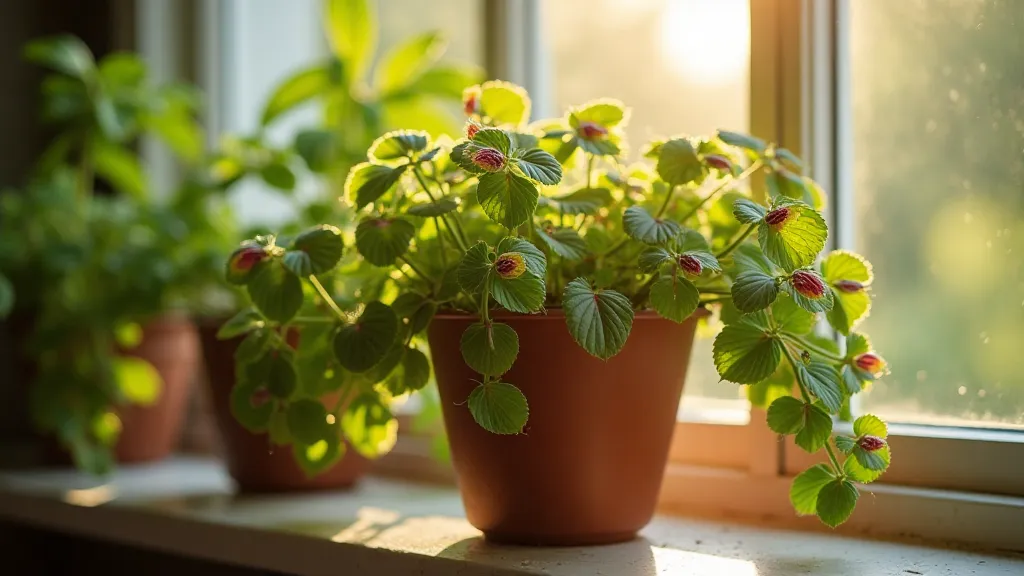
Beyond the Garden: Culinary and Aromatic Applications
While the fragrance of Plectranthus barbatus is its most celebrated attribute, it also holds surprising culinary potential. Used sparingly, it can add a unique depth of flavor to stews, sauces, and even teas. Its flavor profile is complex – a blend of citrus, eucalyptus, and a subtle earthy undertone. It pairs exceptionally well with rich meats and hearty vegetables. However, a little goes a long way – its potency can easily overwhelm a dish if used in excess.
The burgeoning interest in natural perfumery has also created a new avenue for the herb’s utilization. Its essential oil is being incorporated into artisanal fragrances, offering a distinctive and long-lasting aroma. It’s also gaining popularity in aromatherapy, where it’s used to promote relaxation and alleviate stress. Imagine the serenity of breathing in the scent of your own homegrown Plectranthus barbatus – a true sensory escape from the demands of modern life.
Just as a skilled restorer breathes new life into a neglected antique accordion, revealing its original beauty and musicality, cultivating Plectranthus barbatus allows us to unlock the full potential of this remarkable herb. It’s a reminder that even in a world obsessed with the new and the flashy, there’s enduring value in the simple, the fragrant, and the profoundly beautiful.
